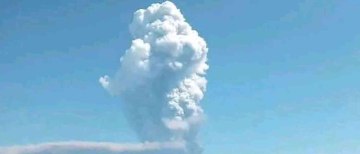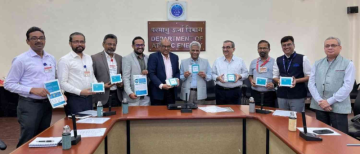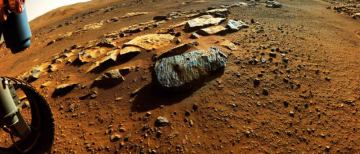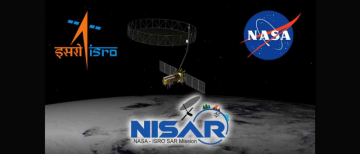NASA astronauts Sunita Williams and Butch Wilmore have been aboard the International Space Station (ISS) since June 2024. Their return to Earth has been delayed multiple times, leading to widespread speculation, including claims by former U.S. President Donald Trump and SpaceX CEO Elon Musk that the Biden administration had abandoned them in space.
However, Williams and Wilmore have refuted these allegations, emphasizing that their extended stay was planned and necessary for mission success. Despite this, their prolonged time in microgravity presents significant physiological challenges upon their return to Earth.
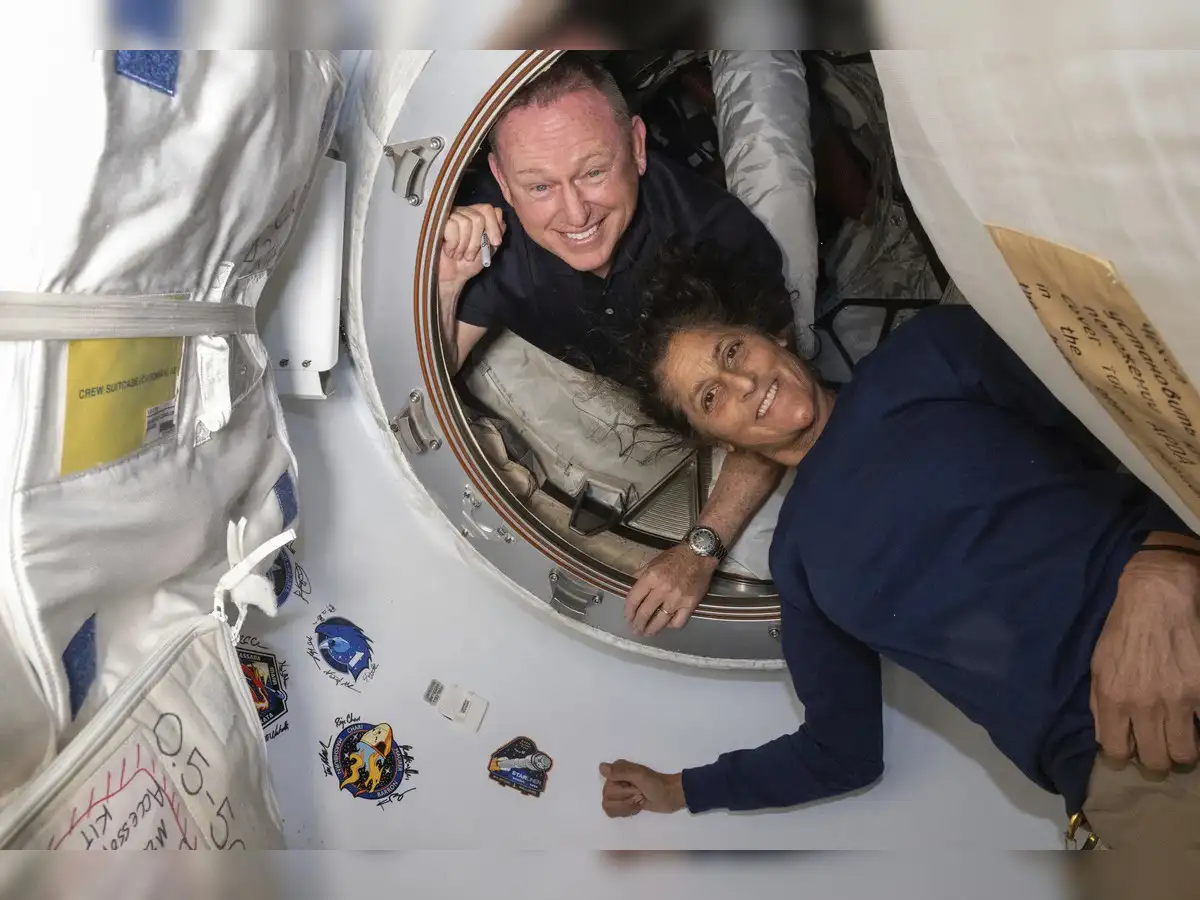
Were Sunita Williams and Butch Wilmore Abandoned in Space?
The controversy surrounding Williams and Wilmore’s stay at the ISS began in January 2025, when Trump and Musk alleged that the Biden administration had deliberately delayed their return for political reasons.
-
Trump, in an interview with Fox News, claimed that “Joe Biden was going to leave stranded NASA astronauts, including Sunita Williams, in space.”
-
Musk supported this claim, stating, “Yes, they were left up there for political reasons, which is not good.”
-
Trump further alleged that his administration had to intervene to accelerate their return.
However, NASA officials and the astronauts themselves dismissed these claims, clarifying that their extended mission was a part of planned contingencies rather than any political manoeuvring.
NASA's Response to Abandonment Claims
Williams and Wilmore have categorically denied feeling stranded, stating that they were fully prepared for an extended stay in space.
-
Wilmore stated, “That’s been the rhetoric from day one: stranded, abandoned, stuck—but that is not what our human spaceflight program is about. We don’t feel abandoned, we don’t feel stuck, we don’t feel stranded.”
-
Williams reaffirmed that their extended stay was expected, as they were on a test flight mission and prepared for contingencies. “We knew that we would probably find some things [wrong with Starliner], and we found some stuff. So that was not a surprise.”
NASA had already planned for an alternative return mission as early as August 2024—long before Trump or Musk raised concerns. The delays were primarily due to technical issues with Boeing’s Starliner spacecraft, which initially transported Williams and Wilmore to space.
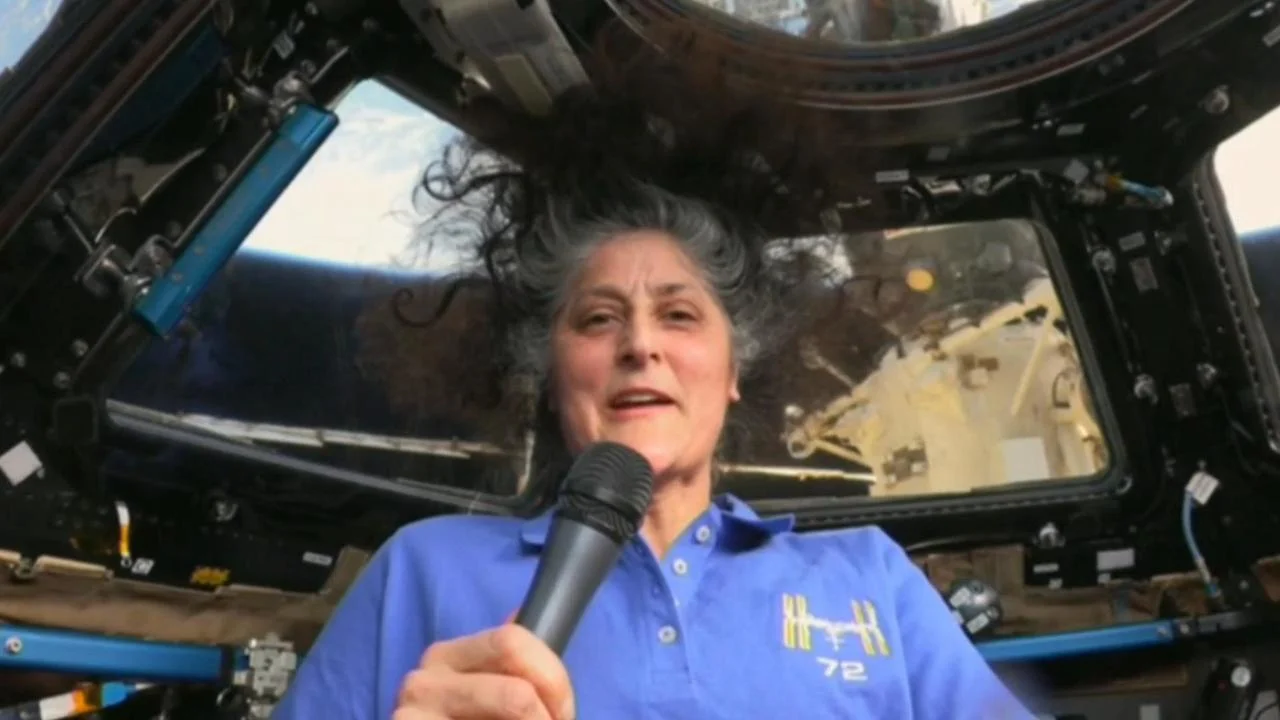
Why Was Their Return Delayed?
Sunita Williams and Butch Wilmore initially traveled aboard Boeing’s Starliner spacecraft on a test flight in June 2024. The mission was intended to last just eight days, but technical malfunctions led to multiple delays.
-
In September 2024, NASA returned the Starliner to Earth without its two astronauts, citing thruster issues and concerns about safety.
-
NASA then scheduled their return with the NASA-SpaceX Crew 9 mission, which was delayed until late September 2024.
-
Further delays pushed their return to the Crew 10 mission, initially set for February 2025 but later postponed to March 2025.
These technical delays, rather than political reasons, were the primary cause of their prolonged stay.
Challenges of Returning to Earth’s Gravity
While Williams and Wilmore are eager to return, their reentry poses significant physiological challenges due to long-term exposure to microgravity.
1. Loss of Muscle and Bone Mass
-
Astronauts lose 1-2% of their bone mass per month in space, leading to weakened bones and increased fracture risks.
-
Muscles atrophy from lack of use, making simple movements—like standing up—extremely difficult.
2. Fluid Redistribution and Puffy Face Syndrome
-
In microgravity, body fluids shift upward, causing swollen faces and pressure on the eyes.
-
Upon return, fluids redistribute downward, often resulting in swollen legs and dizziness.
3. Balance and Coordination Issues
-
Microgravity disrupts the vestibular system, which controls balance.
-
Astronauts often experience temporary disorientation and difficulty walking upon return.
4. Cardiovascular Adjustments
-
The heart becomes less efficient in space due to reduced gravitational force.
-
Upon return, it must readjust quickly, which can cause dizziness, fatigue, and changes in blood pressure.
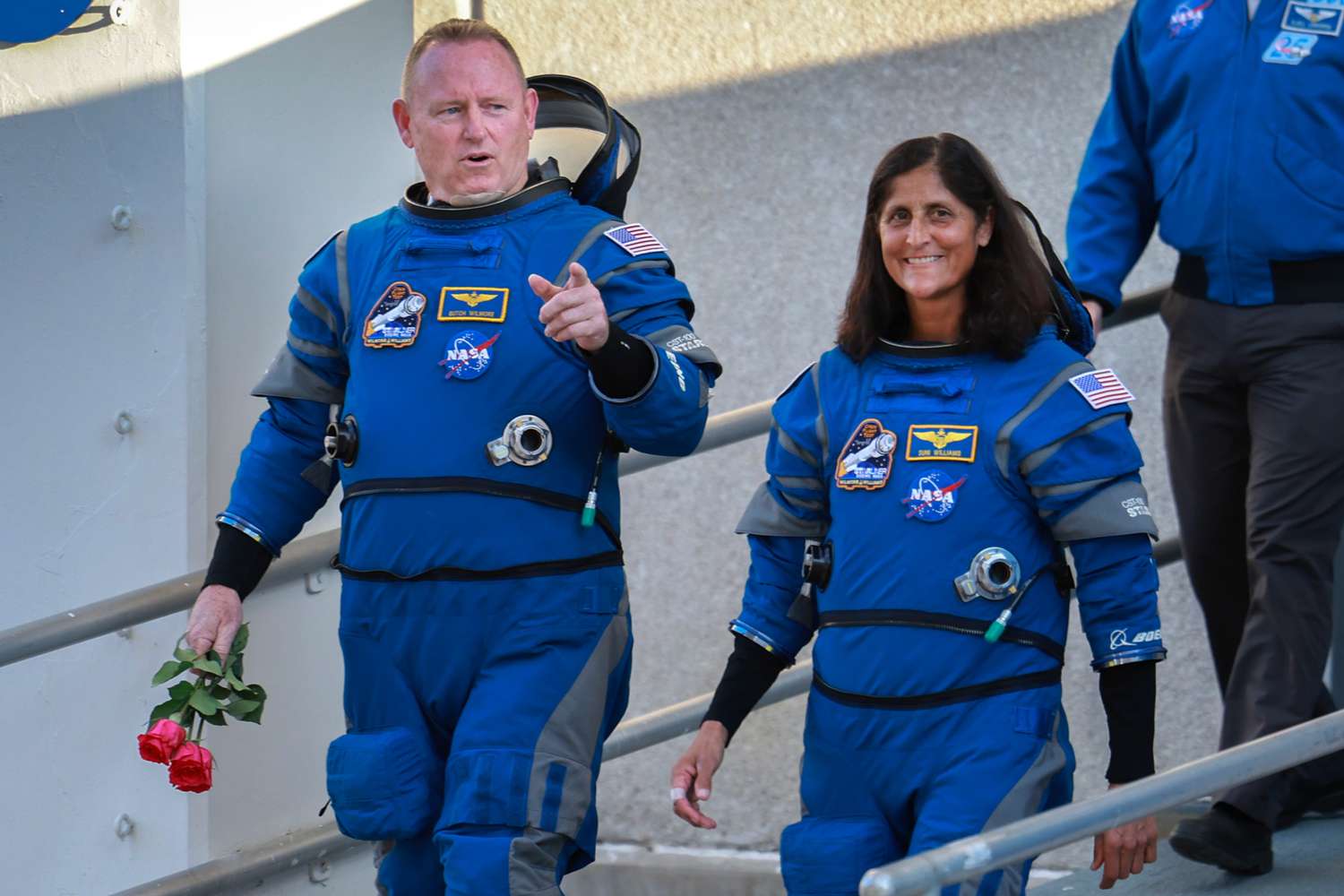
NASA’s Rehabilitation Program
To aid their recovery, NASA has developed a rigorous rehabilitation program that includes:
-
Resistance Training: Helps rebuild lost muscle strength.
-
Cardiovascular Conditioning: Running on a treadmill and cycling exercises to restore heart function.
-
Neurological Therapy: Aids in balance and coordination recovery.
-
Bone Density Support: Diets rich in calcium and vitamin D to aid bone regeneration.
-
Jump Training: Studies suggest that jumping exercises help restore cartilage health.
A study published in the journal npj Microgravity suggests that jump training could mitigate cartilage damage. Research on mice showed that after three weeks of jump exercises, their cartilage was healthier and thicker.
The Return Plan: When Will Williams and Wilmore Be Back?
NASA has confirmed that Williams and Wilmore will return aboard SpaceX’s Dragon spacecraft as part of the Crew 10 mission. The expected return date is March 19, 2025, but final confirmation is pending.
The Crew 10 mission will replace Crew 9 at the ISS, bringing back Williams and Wilmore along with NASA astronauts Nick Hague and Aleksandr Grubonov.
While political controversies have surrounded Sunita Williams and Butch Wilmore’s extended stay at the ISS, NASA, as well as the astronauts themselves, have refuted any claims of abandonment. The delays were primarily due to technical challenges with Boeing’s Starliner spacecraft rather than political decisions.
However, their prolonged stay in space will pose significant physical challenges upon return, requiring months of rehabilitation to regain strength, balance, and normal bodily functions. As NASA continues its Commercial Crew Program, the lessons learned from this mission will contribute to future deep-space explorations, ensuring astronaut safety on extended missions.
With their scheduled return in March 2025, the world eagerly awaits the safe homecoming of Sunita Williams and Butch Wilmore—two astronauts who have shown remarkable resilience and commitment to space exploration.
With inputs from agencies
Image Source: Multiple agencies
© Copyright 2024. All Rights Reserved Powered by Vygr Media.









